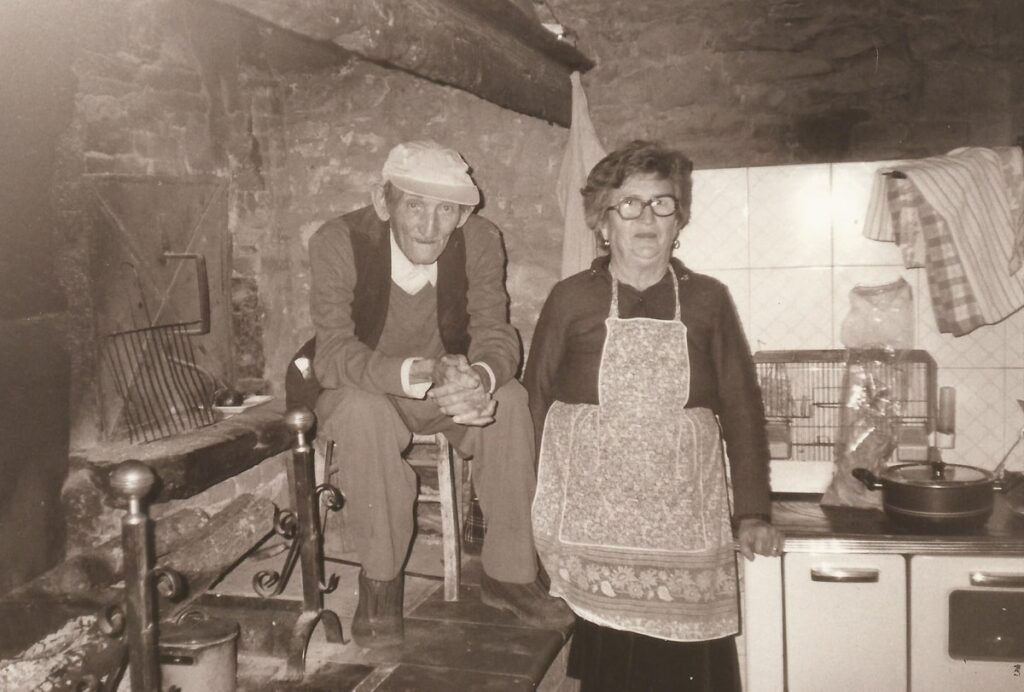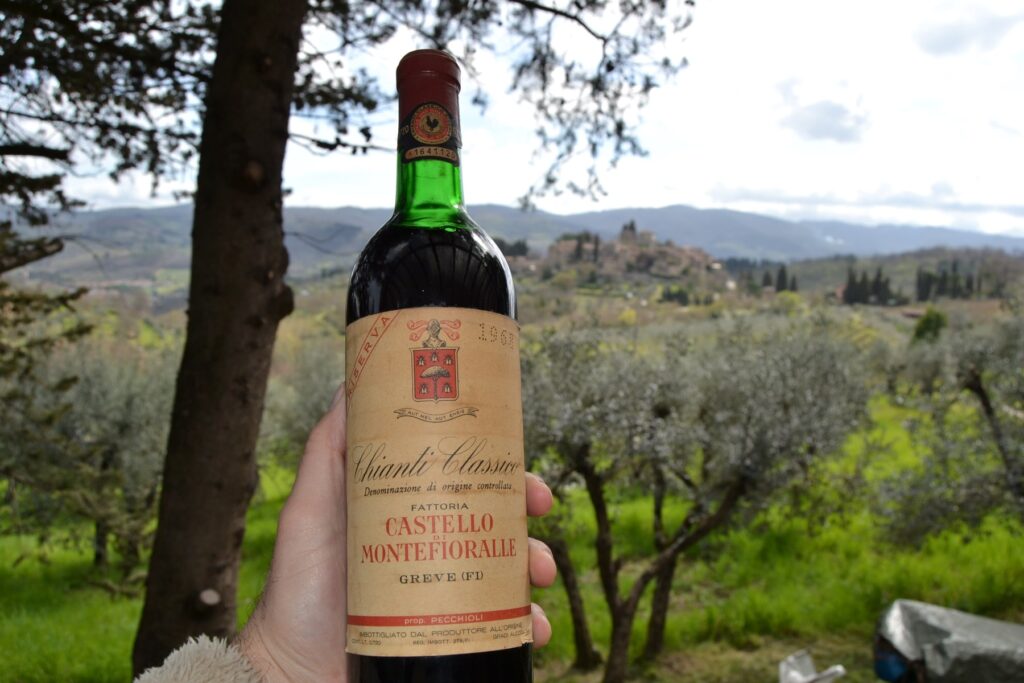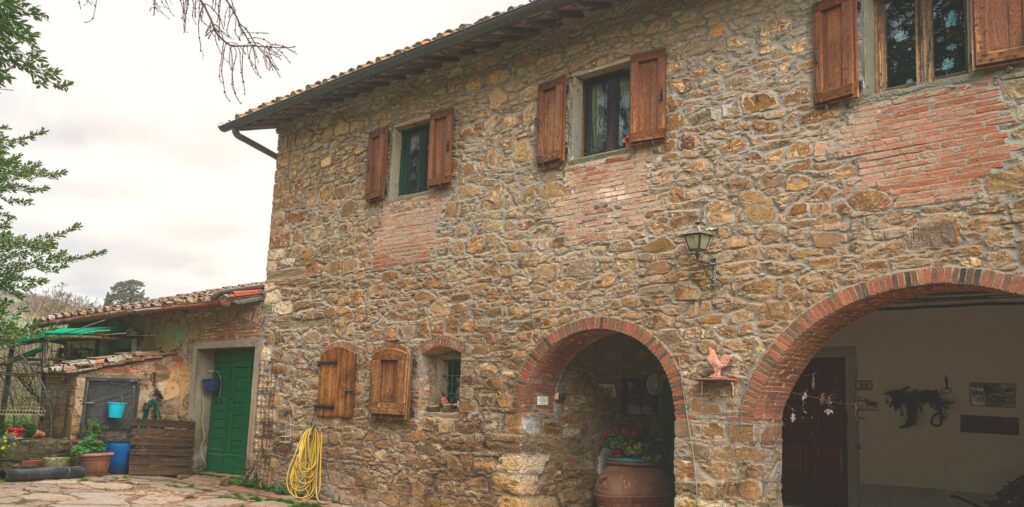History of a magical pavement
H i s t o r y o f a m a g i c a l p a v e m e n t
Our region has been among the few in Italy worked by farmers since the early Middle Ages. In fact, as early as the ninth century it is spoken of as a time when the feudal lords began to entrust their lands to their servants to cultivate them with this system: land in exchange for half of the produc-tion and other services. During the Renaissance, during the first major population increase after the medieval centuries, this system was institutionalized: the plots of land and woodland were entrusted to families based on the number of people who could work them, expenses and revenues divided in half between the owner of the land and the head of the farm.
It is precisely in the century between ‘700 and ‘800, that the Tuscan landscape as we see it today, settles once and for all: soil modeling and agricultural arrangements, trees and promiscuous crops, farmhouse scattered inside the farm.
It was in fact with the reforms of the Grand Duke Leopold that the main characteristics of the houses were also defined: the house is on the first floor, while on the ground floor there are warehouses, cel-lars and deposits; Constant elements are the turrets, the covered loggia, the arched entrances of the sta-ble or sheds, the closed and repaired stairs, often leaning against the external walls so as not to take away volume inside.
In the case of our family, the Bucine farm was entrusted to them by farmer Mr. Pecchioli, in 1924. The family at the time was large enough to do good agricultural work: Pietro, Mondiale and Agatina were “the elders of the family”; the three sons, Giuseppe, Adolfo and Bruno, with their respective fam-ilies: Giuseppe, known as Magnino for his kind and calm manner, with his wife Bruna Barbacci and daughter Piera; Adolfo with his wife Ada Silei originally from Colle Petroso, together with their daughter Fausta; and finally, Bruno, in charge of breeding and meat processing.

At Podere Bucine mainly wheat, oil and wine were grown and then sold at the Pecchioli Farm (of which Bucine was a farm!). Our wine at that time was called “Fattoria del Castello di Montefioralle”.

After sixty years of farming, Fausta Castaldi and her husband Luciano Meli decided to buy the farm and continue to produce wine and oil, as well as to restore the buildings of the farm. The old farmhouse was restored entirely by hand by Luciano: the ancient yellow plaster with the red band was removed and the bricks were stuccoed one by one. We continue this work, restructuring year after year a piece of the farm (cellars, loggias, stables, sheds).

The paving of the loggia of the house has a very special history: when Bucine was still a farm of the Pecchioli farm, one evening the “masters” came to visit the family and Mrs. Pecchioli stumbled under the loggia. In fact, there were no paving slabs and under the loggia was all earthwork and gravel. Mr. Pecchioli, to console his wife, then decided to pave the entire loggia. Being the only paved loggia in the village, for many years all the castellan friends came here to Bucine to dance the liscio. This is a memory that some elderly castellans still keep with great nostalgia.
